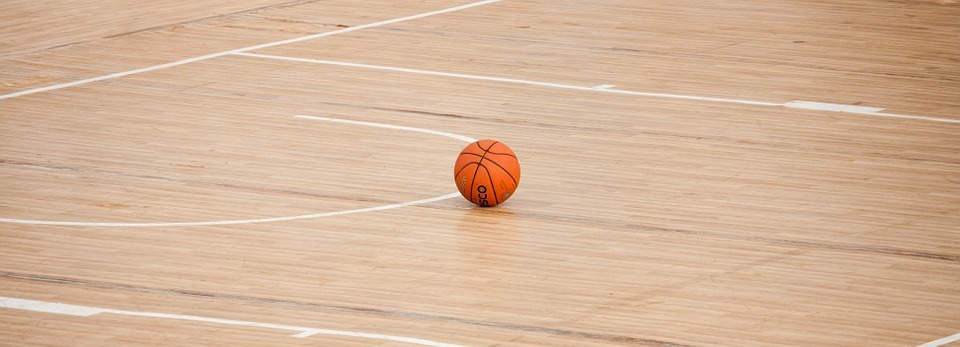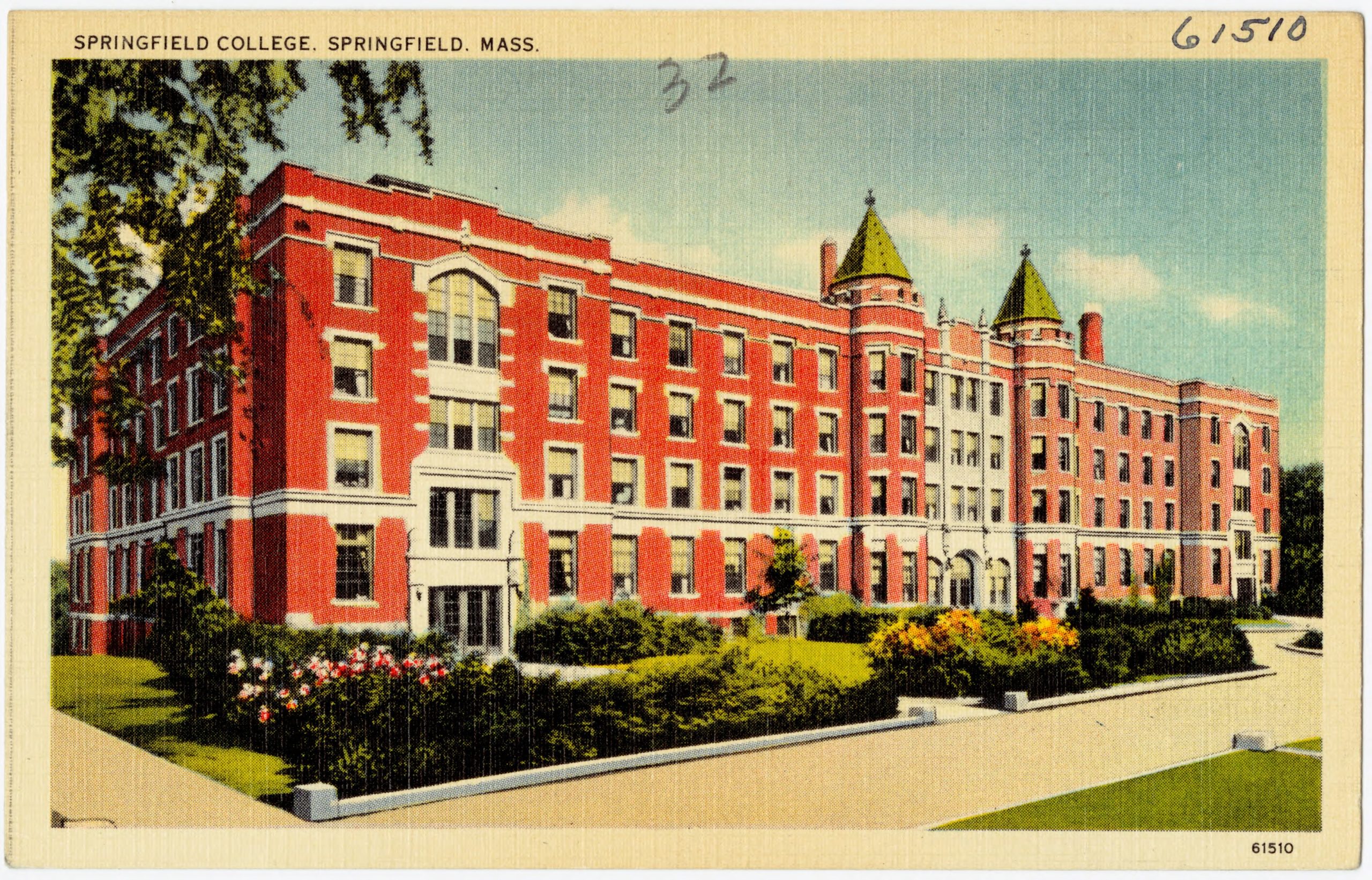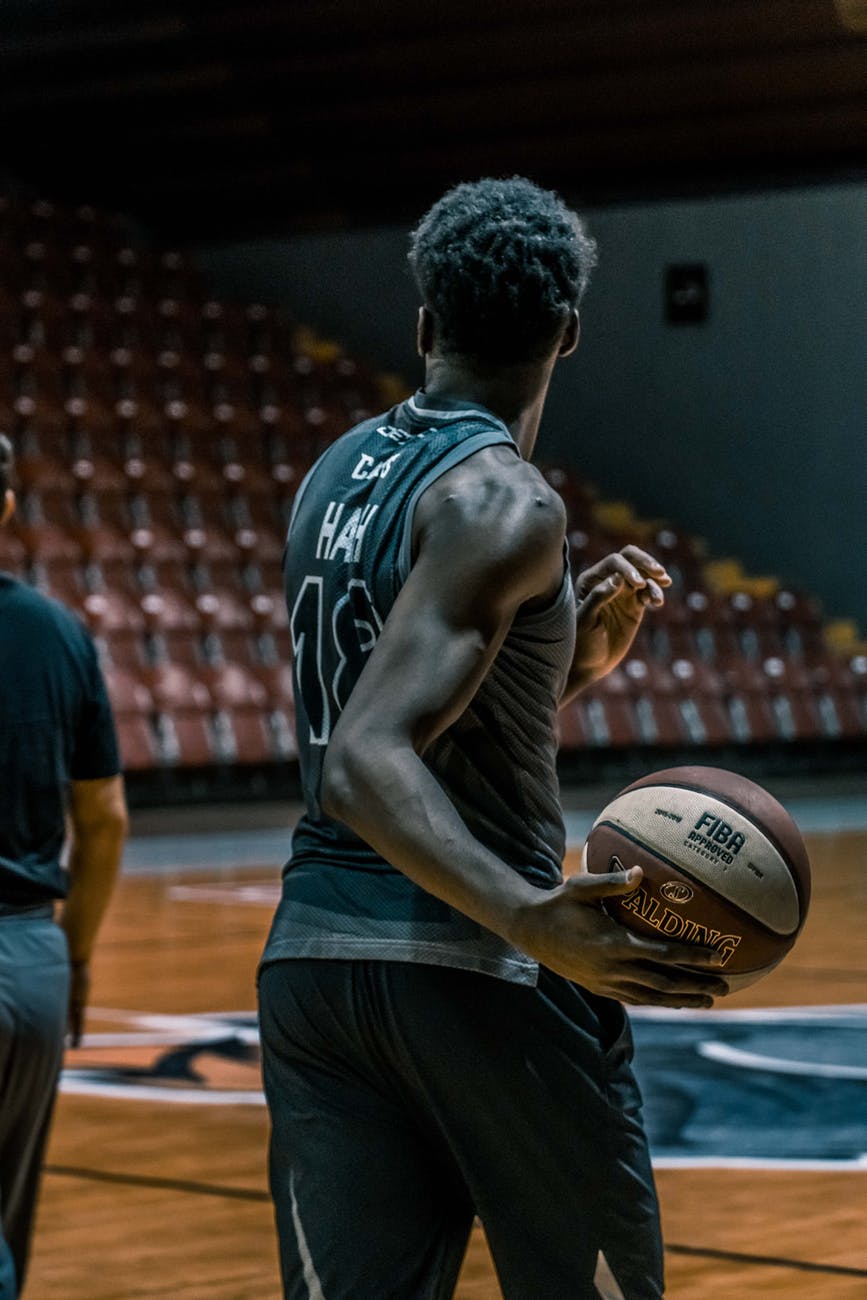There wasn’t actually a basketball for the basketball game – a soccer ball was used because basketball didn’t exist back then. Players threw the soccer ball into a peach basket in order to score a point. The basketball game’s inventor wanted a sport that the students can play indoors even during the harsh Massachusetts weather.
He hoped that the game would help players work on hand-eye coordination, running, shooting, jumping, and ball handling without much player contact. In this article, we will be taking you through the history of basketball, the actual ball – that how the first ball used to be and what steps were taken to modify it. So if you have ever been hanging out watching ESPN’s Cold Pizza and wondering where it all started, lets find out.
First Game Ball
The basketball game was invented by a doctor and a physical education teacher, James Naismith, in 1891. He was instructed by the Chairman of the Physical Education Department at the School for Christian Workers (now known as Springfield College), to invent a game that could entertain the school’s athletes even in the winter season. Naismith was a genius; he made two 9-player teams, appointed two captains, and set in motion the first ever game of basketball.
The game was played in the gymnasium of the college as there wasn’t a specified basketball court back then. The basketball game got famous with time, but it didn’t get its own ball until three years later. The soccer ball used to play the game was heavy and didn’t bounce much. To earn a point, the player has to throw the ball into the peach baskets hung on both ends of the gym.
History of the First Basketball
In 1884, after three years the game was introduced by James Naismith, he wanted a proper basketball balls for the play, so he asked A.G Spalding & Bros to design a ball specifically for the basketball game. The company is the pioneer in making sporting items, including balls. There are other companies in the US that are into manufacturing sports accessories & apparels, including long sports socks and shorts, but this particular company has earned a niche in basketball design & manufacturing, here in the US. They came up with an excellent design. They created a leather ball that was sewn together with laces, having a rubber bladder inside. The ball weighed a bit less than 20 ounces, and it was of brown color.
The first basketball’s had a circumference of 32 inches, which was about four inches bigger than a standard soccer ball.
With time, the game didn’t just get popular, but the rules were also changed along with the ball’s shape and design. In 1937, the laces were removed from the ball. There isn’t much information on why the laces were actually removed, but there is information that it was done by Chuck Taylor, who was a basketball player and a coach. He invented stitch-less basketball, and this new version of the ball looked way better, and its bounce was also much improved.
For many years, the basketball’s covering was made of leather, but in the late 1990s, synthetic composite materials were used. The balls made with this material gained rapid acceptance in most leagues. The American Basketball Association (ABA) made use of a distinctive red, white, and blue basketball from 1967 through 1976, which is still seen in current games from time to time.
Development and Modifications
Both players and the audience didn’t like the dark brown color of the ball because of its low visibility. Tony Hinkle, a basketball coach from the Butler University, suggested making a basketball that was bright in color and had more visibility so the players and audience can see it clearly even in low light. Then came advancements in the sport apparels and gears, which was quite evidently seen in the form of basketball socks, shorts, headbands, basketball shoes and shirts.
Spalding took action on his recommendation and made first orange basketball in 1957 that was much more visible due to its bright color. In 1958, the ball debuted at NCAA finals in Louisville, Kentucky. The NCAA was highly impressed with the visibility of the ball that they standardized the orange color for the official basketball ball.
Molded construction was introduced in the basketballs in 1948 and laces went by the wayside. The ball’s design was modified again by changing its traditional four panels to eight. This design was adopted by the NBA as its official ball design in 1970. Not only this, but the NBA also adopted Spalding’s ball design as its official ball in 1970 that had full-grain leather on the outside. It was easier to grip compared to the previous balls.
The basketball balls are not only made of leather, but also synthetic rubber or rubberized materials. Specialized basketballs are also made for smaller players, high school players, and exclusive outdoor or indoor use.
Characteristics of the Ball
Almost all official basketball balls have an inflated inner rubber bladder, wrapped in layers of fiber, and encased in either leather, rubber, or a synthetic composite. These inflatable balls have a small opening that allows increasing or decreasing the pressure.
The traditional color scheme of most basketballs is an orange surface with black ribs along with the manufacturer’s logo. However, basketballs around the world are sold in various colors.
Basketballs that are designated for indoor are usually made of leather or absorbent composites while all-surface balls are made of rubber or durable composites, which can be used for both indoor and outdoor. However, due to the cost of materials, indoor balls tend to be more expensive compared to all-surface balls.
If you are a basketball player, you must know that an all-leather ball must be “broken in” first to achieve optimal grip before using it in a match. This scenario is similar to brand new tires; they also require some time on the road before they gain excellent road grip – this is known as the “break-in” period.
For recreational players, an outdoor ball is recommended because using an indoor ball in an outdoor setting will ruin the ball within a short period of time due to the abrasiveness of asphalt, dirt and moisture present outside.
3×3 Basketball
3×3 basketball is also referred to as streetball. It is usually played out on concrete or hard surfaces. It tends to have a much faster speed than NBA basketball. According to the rule of FIBA, a 3×3 ball should be size six but should weigh as a ball of size seven. In 2015, FIBA announced that the blue-yellow basketball by Wilson would be used as the official 3×3 ball for all the games.
This blue-yellow 3×3 basketball by Wilson was equipped with Wave Triple Threat Technology that made the balls waterproof and enabled them to have optimized grip, hence easier to control than other 3×3 balls.
Advancements
The one significant improvement that was made in basketballs was the “Hole-in-One” design that featured dimples like a golf ball. These dimples proved to be great in improving a player’s grip so he could easily hold and control the ball while playing. Another advancement was making basketball’s shell out of sweat-absorbing polyurethane having microscopic moisture-wicking holes. The purpose of this initiative was to make the ball easy-to-grip even with sweaty hands.
Spalding also did many advancements in their balls to make the game’s experience much better than before. They created an orange and white game ball with a microfiber composite cover which is now the official ball in the WNBA. In 2001, they also came up with a basketball that includes a built-in pump. And of course we have balls for all situations including playing on the a portable hoop on the driveway at home.
In 2006, they introduced a new design for the official NBA ball that featured a microfiber composite cover instead of leather and had two interlocking panels instead of the traditional eight.
The Standard for the NBA Ball
Here are the standard dimensions for a basketball:
- National Basketball Association (NBA) uses a ball having 29.5 inches circumference
- Women’s National Basketball Association (WNBA) uses a ball having 29 inches circumference
Junior leagues and high schools usually use NBA, NCAA, or WNBA sized balls.
Besides the court and the baskets, basketball is the only thing required to play the game of basketball. In the game, the ball must be continuously bounced (dribbling), passed to other players, and thrown towards the basket (shooting), hence the ball need to be very durable, and easy-to-grip.
Basketball Timeline (1891- 2006) – Important Events
- 1891: Dr. James Naismith invents the game of basketball. The game was played with a soccer ball and thrown into the peach baskets.
- 1894: Naismith requests A.G Spalding & Bros to make the first-ever basketball for the game.
- 1937: Spalding removes the laces from the official basketball’s design.
- 1970: The official ball’s traditional four panels move to eight.
- 1983: NBA announces Spalding’s full-grain leather ball as the official ball of the NBA.
- 1997: Spalding introduces a new design and color for basketball – Oatmeal and orange game ball. It was used by the Women’s National Basketball Association. The ball featured Spalding’s ZK microfiber composite over.
- 2001: Spalding invents a basketball with a built-in pump that became the official NBA Development League’s ball.
- 2006 (Feb 17): Joseph Odhiambo dribbles the Spalding NeverFlat ball for more than 26 hours at NBA All-Star 2006, setting a new Guinness World Record.
- 2006 (June 28): NBA and Spalding introduce a new official game ball that featured Cross Traxxion Technology.




